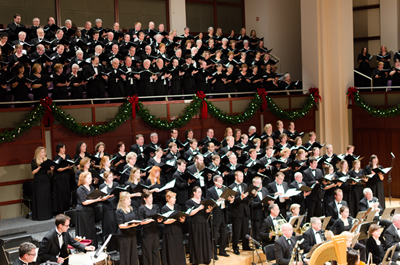I last heard the Elias String Quartet in Brendle Recital Hall on the campus of Wake Forest University in February of 2020. The ensemble was in the process of presenting half of Ludwig van Beethoven’s 16 string quartets for the Secrest Artists Series that week. They planned on returning that fall to complete the cycle. We all know what happened: Covid-19 shut down our lives for nearly two years. It was wonderful to hear their return Wednesday night, as they presented the second recital in a series of three appearances this week, playing the “2nd half” of the quartets.
This performance featured Quartets No. 6 in B-flat (Op. 18, No. 6 written between 1798-1800), No. 8 in E minor (Op. 59, No. 2, 1806), and No. 16 (Op. 135, 1826). Thus, the program featured one quartet from each of Beethoven’s three style periods (the names of which would have caused him some grief, one would expect): Early (or “Imitation”), Middle (“Heroic”), and Late (“Reflection”).
The ensemble—Sara Bitlloch, Donald Grant (violins), Simone van der Giessen (viola), and Marie Bitlloch (cello)—formed in 1998 at the Royal Northern College of Music in Manchester, England. According to a press release, “Their name comes from Mendelssohn’s oratorio, Elijah, of which Elias is its German form, and [they] have quickly established themselves as one of the most intense and vibrant quartets of their generation.” When they are not touring, they are the ensemble in residence at the RNCM and regularly go back there to teach and perform.
All three of this program’s string quartets are in the standard “classical” form of fast outer movements with a slow movement and a dance movement in the middle. Quartet No. 6 begins with a bouncy tune in the first violin, but it was not long before all four players were involved in taking on the distinctive rhythmic motto, which makes its way throughout the texture.
The Elias launched into the music with terrific energy and speed. It quickly became clear that these musicians enjoy making music together. Each player maintained an individual voice and timbre, but when the four came together, the ensemble was a unified whole.
The slow second movement was played with utmost sensitivity. When mysterious unison passages appear, the group gently leads the listener into unexpected territory. The perky and syncopated third movement was joyously played.
The final movement blends the slow opening section “La Malinconia” (Melancholy) with more spirited music, and one sees the future of what Beethoven would bring to the world. Few composers have been able to give artistic expression to the paradox, the joy and the pain, that humanity experiences.
It is somewhat ironic that the Op. 135, the next to last work the composer completed before his death, is the one “traditional” quartet of his late period. The other works explore worlds and forms never heard before in the literature. But this quartet, on the surface, seems like Quartet No. 6. The first fast movement presents a series of motives, seemingly unrelated, which create a mosaic. These motives are tossed around among the instruments, and it was wonderful to hear the four musicians of the Elias Quartet make each one distinctive to their instrument, a trademark of this ensemble.
The second movement Vivace features the first violinist, but the music also gives motives to each member (or duo), allowing them a chance to shine. The slow movement, a set of variations, begins with a hymn, and recalls some music from a couple of quartets that came before. The dark middle section explores the brooding isolation of incredibly lonely moments.
The finale has the famous words that are written in the score: “Must it be?” answered by “It must be,” which has had musicologists pondering the meaning of these words ever since. Suffice it to say, the Elias Quartet presented both question and answer in a way that satisfied the audience.
First violinist Sara Bitlloch introduced the last performed quartet (No. 8) with some comments, calling the first movement “arresting.” Indeed, the opening two forte chords, and the following silence, stopped me in my tracks. While the movement has resolve, it is often woeful.
The slow second movement conveys a desperate character with some grief surfacing. The energetic Allegretto follows, starting as a whisper. The Trio is too good to be heard only once, so it comes back again in the five-part structure. The galloping upbeat finale begins in a major key. But the Elias returned to darkness through minor mode, which ultimately wins out in the wild final measures.
The small audience (it was raining that night) was enthusiastically appreciative, calling for the ensemble to return to the stage several times with a standing ovation. The evening was a testament not only to Beethoven’s incredible creativity and complexity, but also to the stellar playing of the Elias Quartet, made up of four individual voices that come together to become a whole larger than the individual member. Their final concert is Friday night; for chamber music or Beethoven enthusiasts, it will be well worth hearing.
This performance repeats Friday, March 18. See our sidebar for details.












